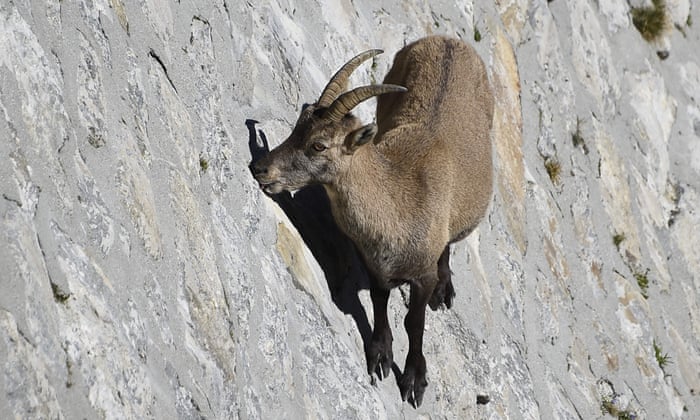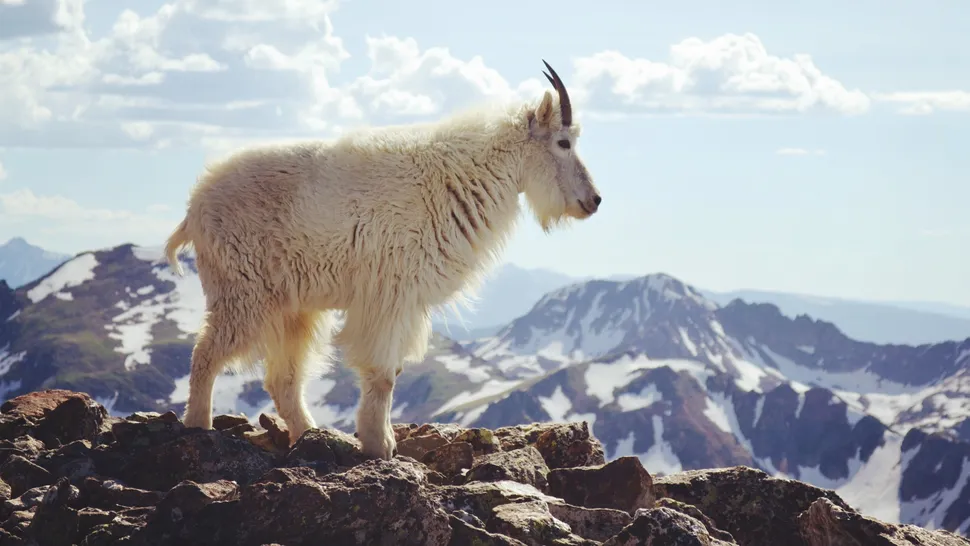Global heating is pushing mountain goats into a more nocturnal lifestyle that could expose them to more predators, scientists have found.
A team of researchers at the University of Sassari, in Sardinia, used GPS collars equipped with motion sensors to track the activity of the Alpine ibex, a species of mountain goat, between the months of May and October from 2006 to 2019.
They found that on hotter days, the normally diurnal species was more likely to be active during the night.
The research, which compared the nocturnal activity of the ibex in two European national parks, found its nocturnal activity was higher in areas with more night-time predators, suggesting that the species’ need to escape excess heat outweighs their drive to avoid predators.
“We expected higher levels of nocturnal activity in Switzerland where wolves [one of the animal’s main predators] were not present, but we found the opposite. We found that activity is higher in the areas with wolves.” said Dr Francesca Brivio, who co-authored the study.
In conjunction with findings of similar studies, the research supports the hypothesis that increasing night-time activity may be a common strategy for mammals to deal with heat stress caused by global heating.
Brivio said: “We can expect that during the night when the temperature is lower other animals will shift their activity towards the nocturnal hours. If during the day it is too hot to eat or to be active, they will prefer to perform all their activities, like foraging, at night”
Higher levels of nocturnal activity among Alpine ibex could affect the animal’s population dynamics.
Brivio said: “As they are animals adapted to diurnal activity, being active during the night is probably harder. Their movement in the rocky slopes where they live is probably more difficult, which could make the foraging efficiencies and foraging strategies less efficient. Although we did not collect data on this, we can conjecture that their capacity to acquire food will be lower [during the night] and this will have consequences on fitness and population dynamics.
“A shift towards nocturnal activity will also increase their overlap with night-time predators; that again has consequences on population dynamics”.
Increased nocturnal activity among animals to deal with heat stress caused by global warming could also have consequences for how animals are recorded in the future.
“Generally census activities are conducted with direct observation during daylight areas … In the future animals will be more active during the night … so we will have to find other techniques to count animals.”
This article by Olivia Lee was first published by The Guardian on 17 January 2024. Lead Image: The research found that Alpine ibex had higher levels of nocturnal activity on hotter days. Photograph: Olivier Morin/AFP/Getty Images.
What you can do
Help to save wildlife by donating as little as $1 – It only takes a minute.


Leave a Reply